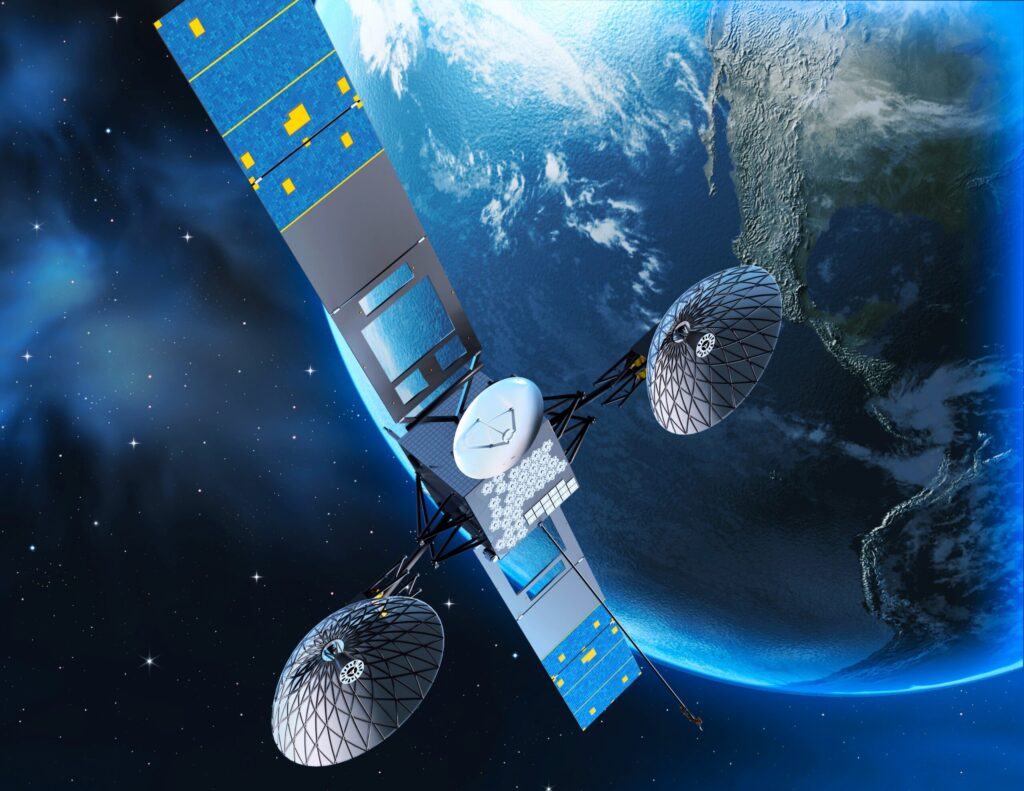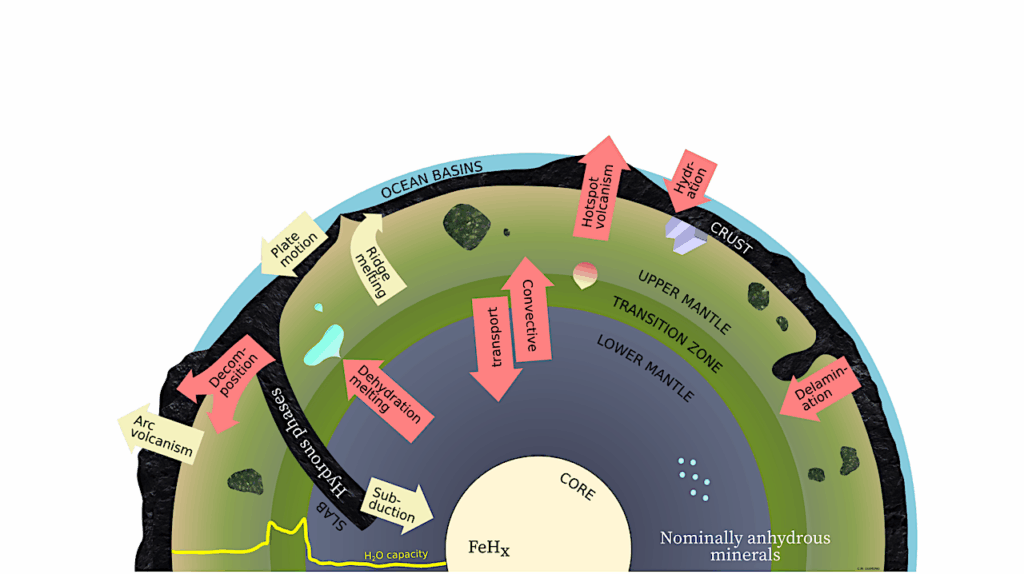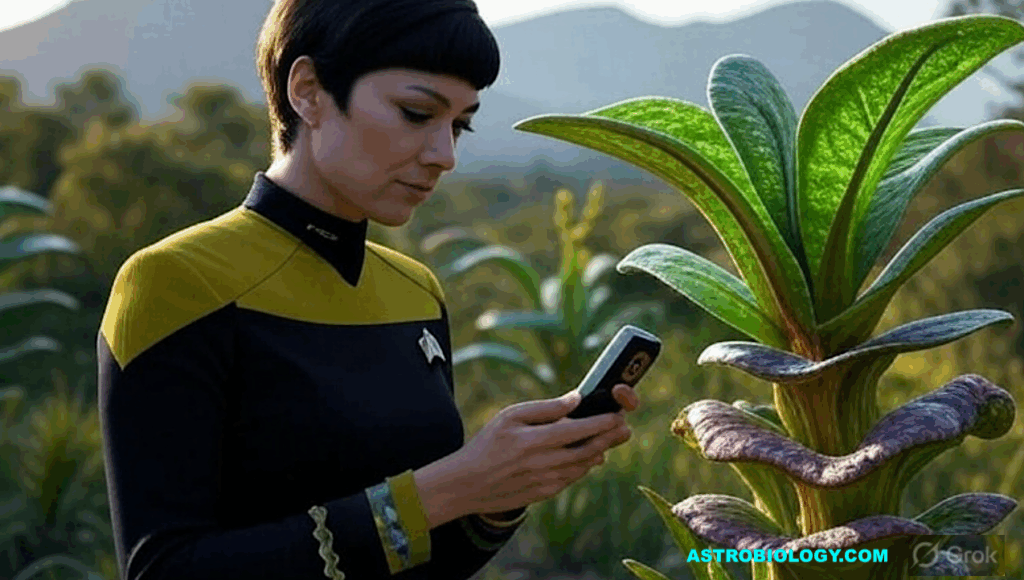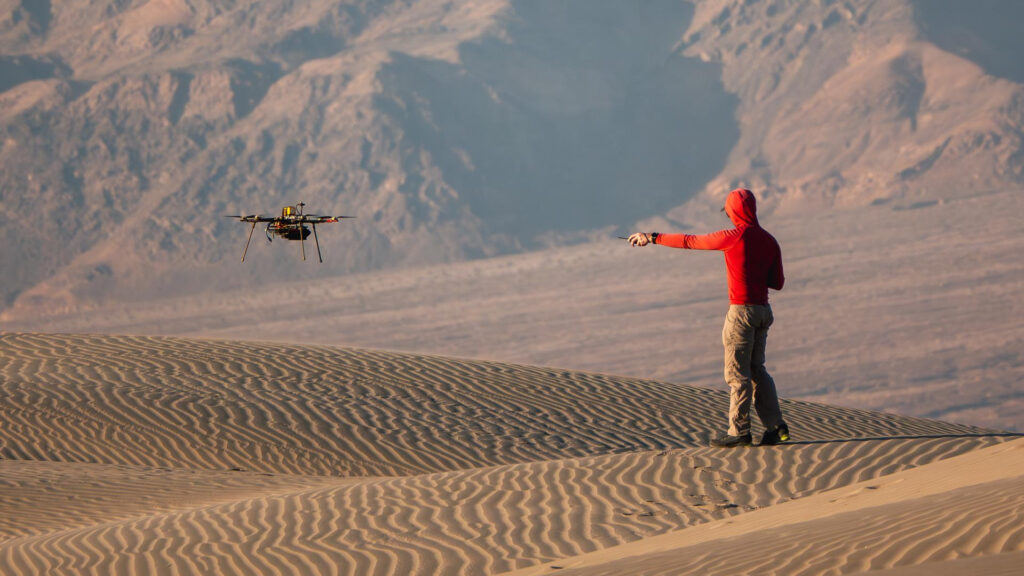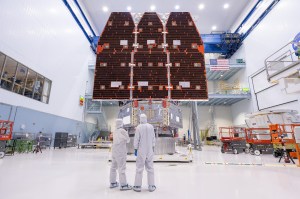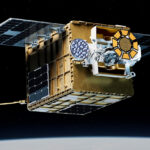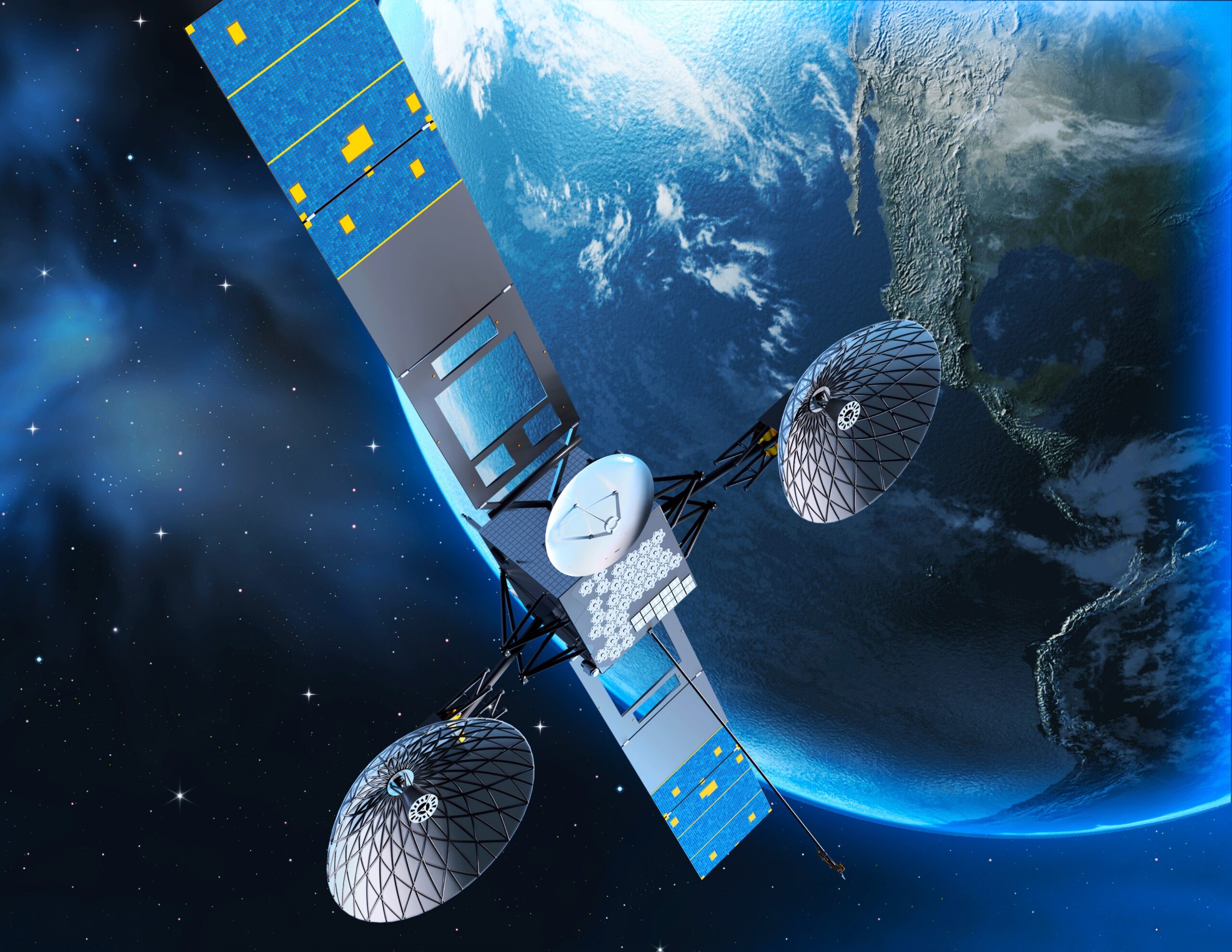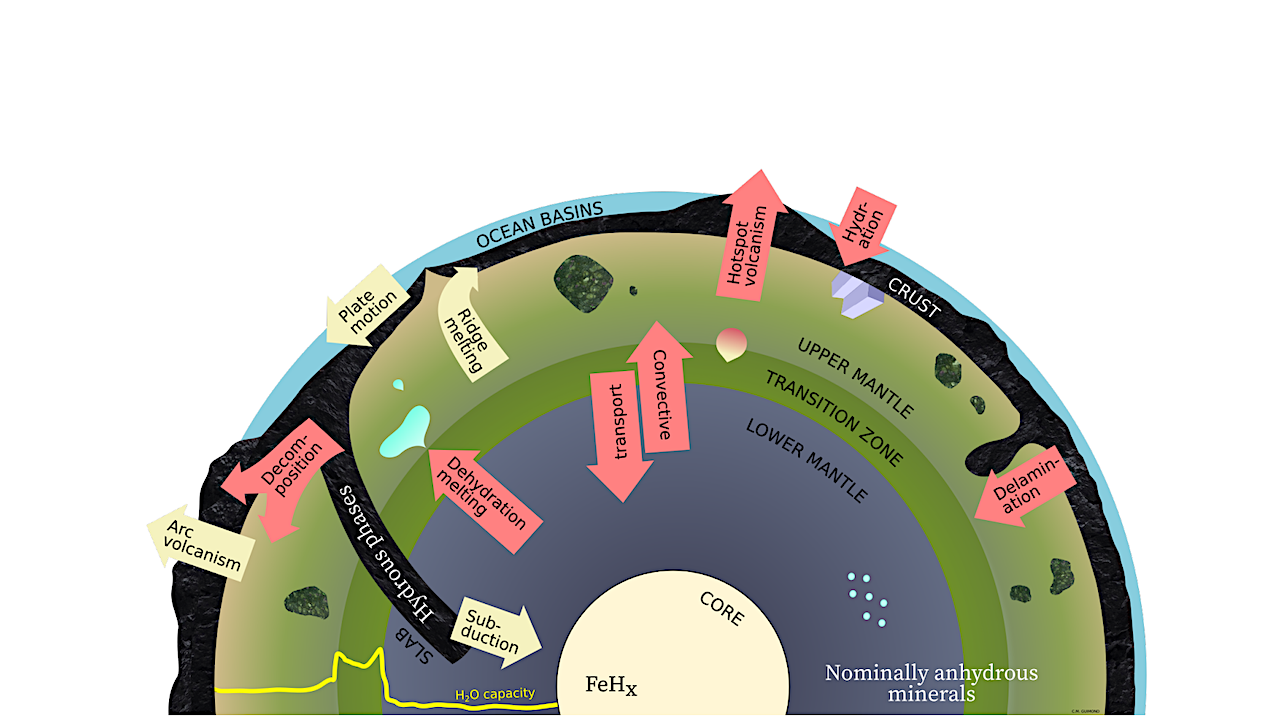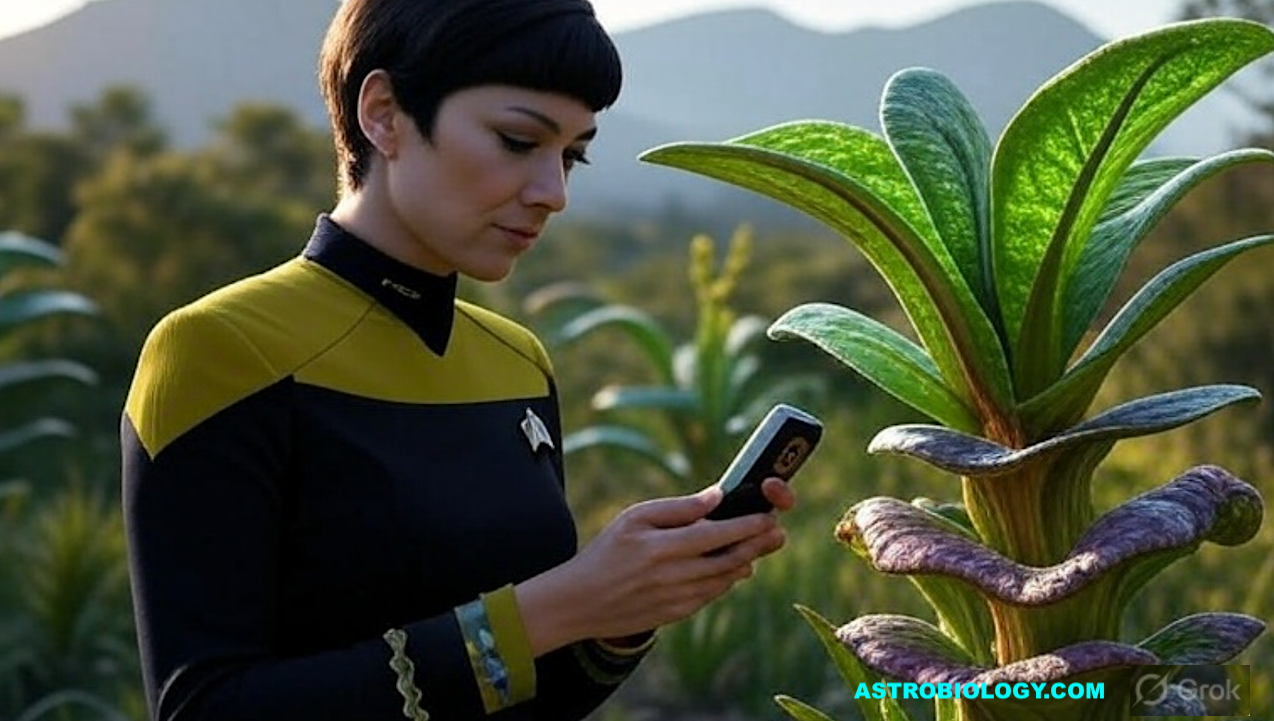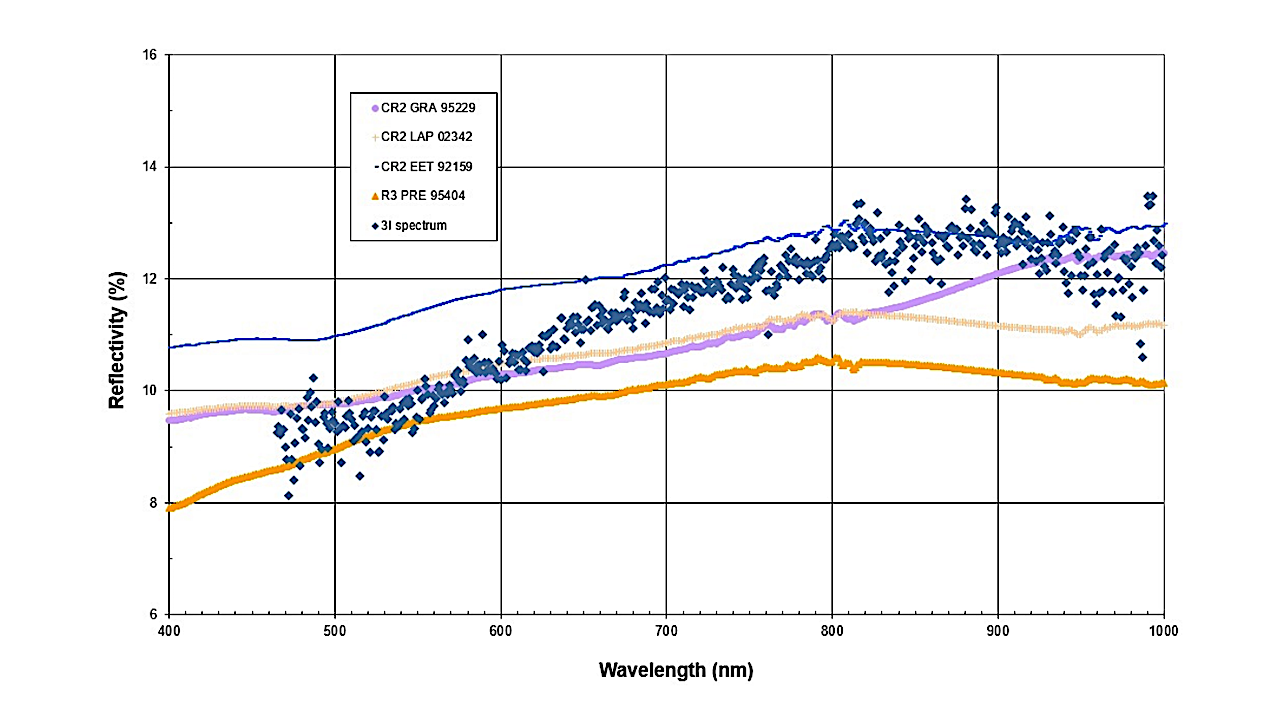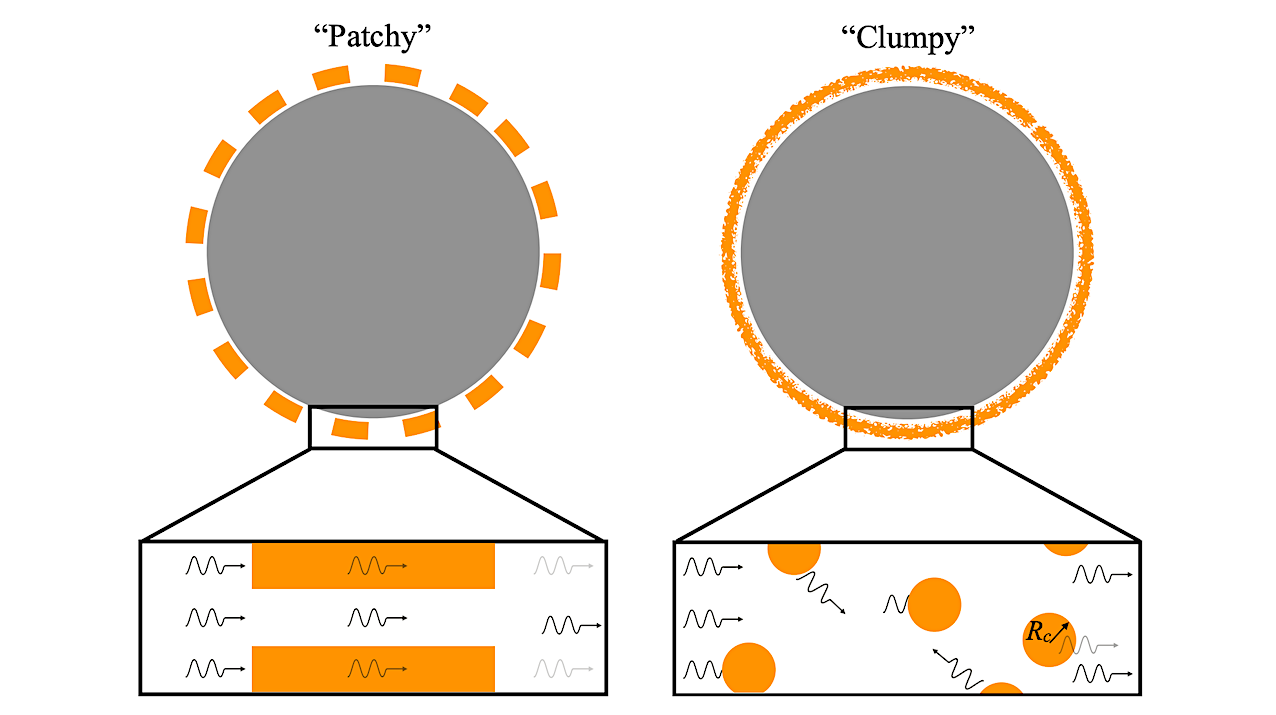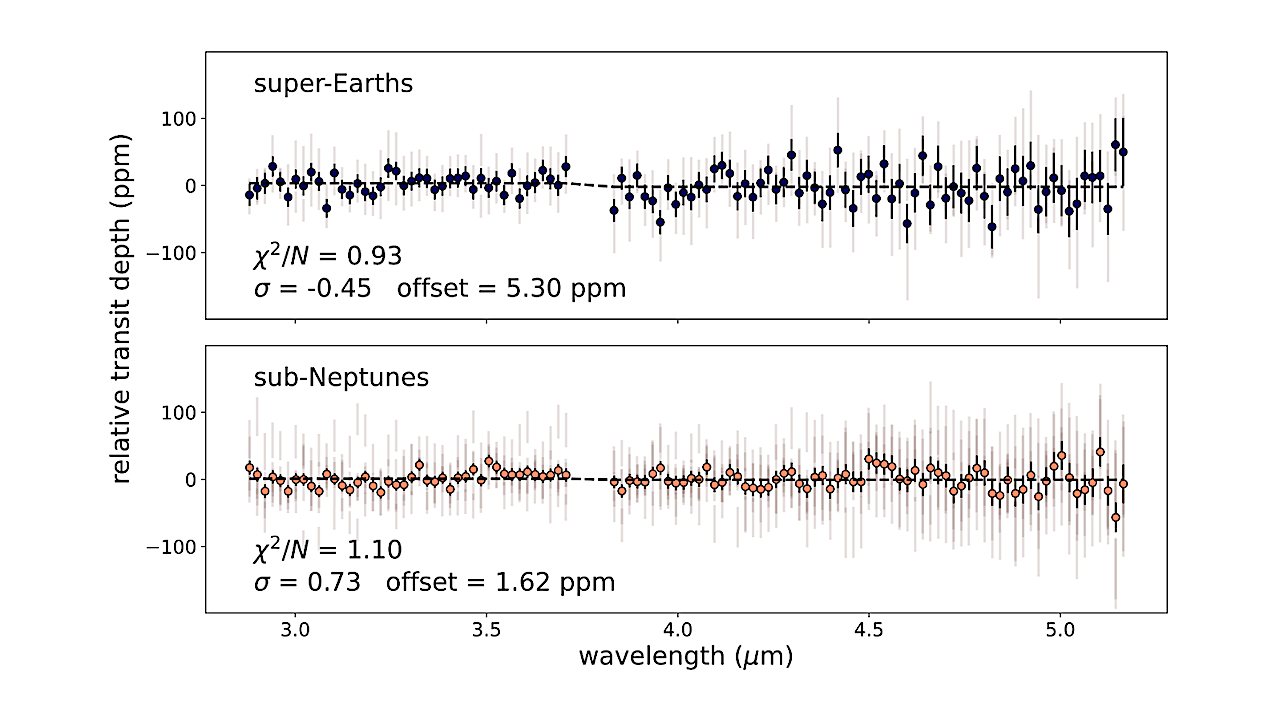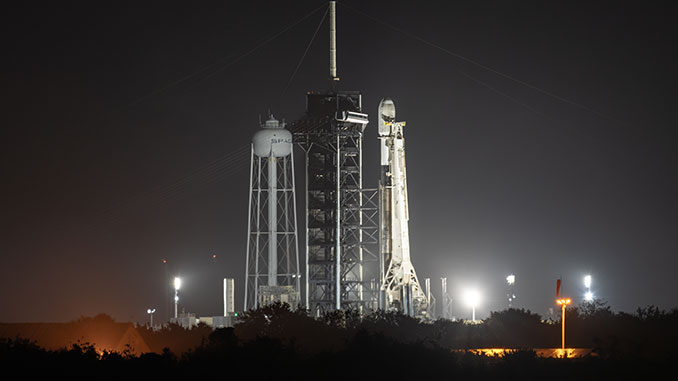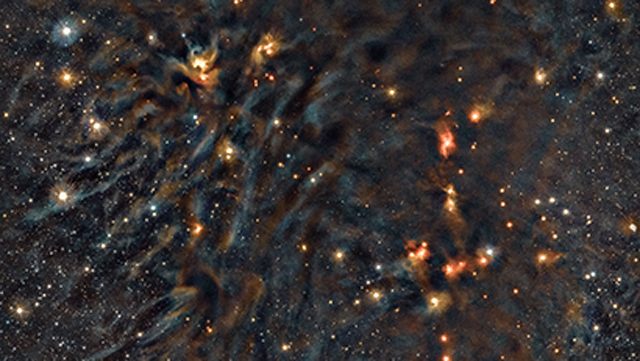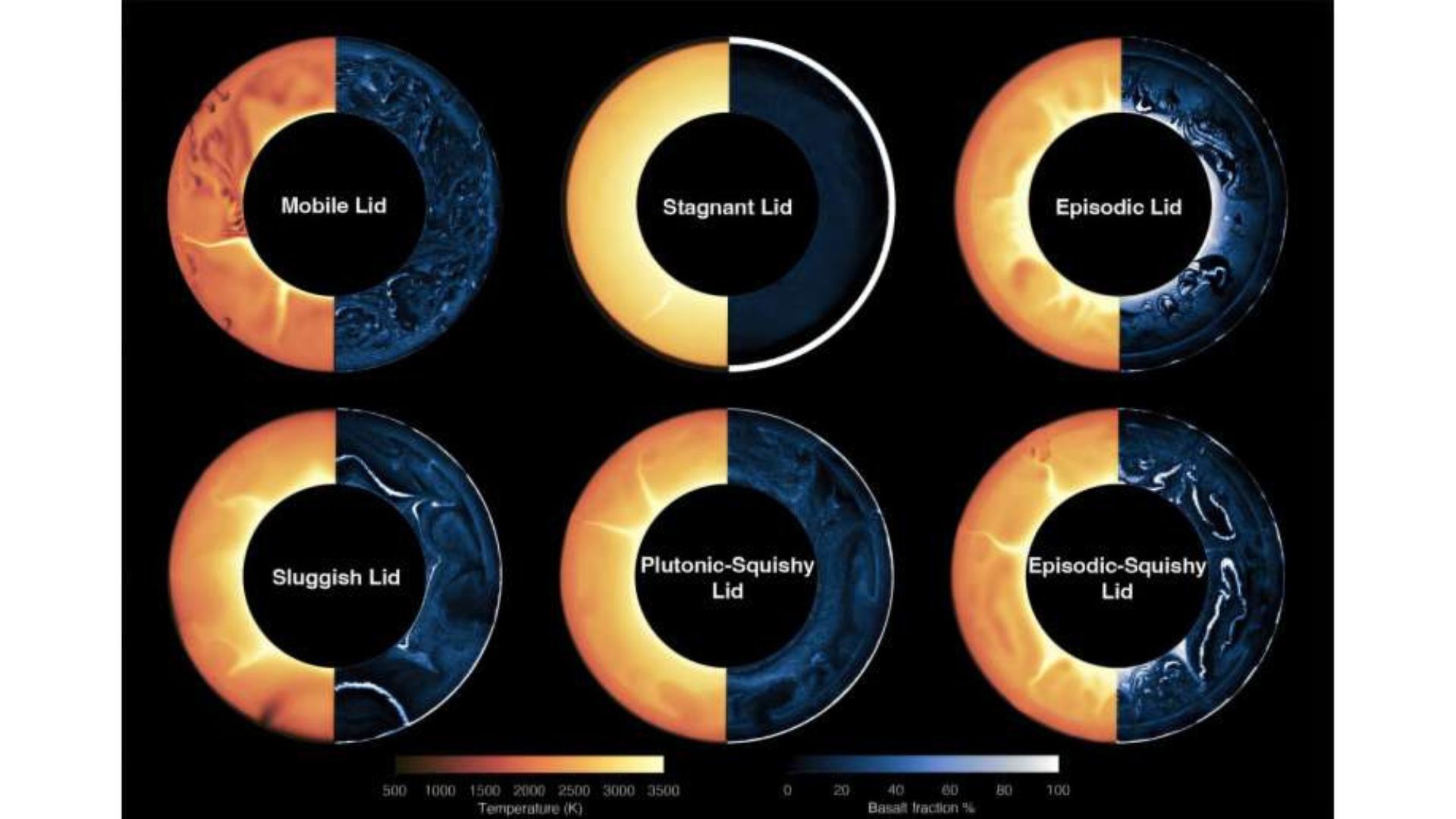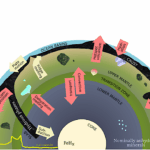Maximum likelihood phylogenetic trees of the S. ruber M31T-predicted proteins with an archaeal evolutionary history potentially acquired by horizontal gene transfer: (A) sodium-dependent transporter (XGX02982.1); (B) MFS transporter (XGX01653.1); and
Celestron are one of the biggest names when it comes to telescopes, and now with this great offer from Amazon this Black Friday weekend, you can save $78 on one
3I spectrum (dots) and the reflectance spectra of three CR and one R chondrite discussed in the text. — astro-ph.EP 3I/ATLAS is only the second confirmed cometary object known to
Schematic cartoon showing the difference between the patchy and clumpy formalisms, with a zoom in to the transmission geometry (where the star is to the left, and the observer to
Composite spectra for the five super-Earths (top) and two sub-Neptunes (bottom). The dashed line represents the best-fit flat line model including an offset between NRS1 and NRS2, and the χ
File: A Falcon 9 rocket stands at pad 39A for its planned launch with 21 Starlink satellites. Image: Adam Bernstein/Spaceflight Now. SpaceX is kicking off the month of December with
Using the James Webb Space Telescope, astronomers have detected unexpected high-energy ultraviolet radiation around five infant stars, or protostars, in the Ophiuchus star birthing region. The discovery could prompt a
A newly identified tectonic “regime” may rewrite our understanding of how rocky worlds evolve, scientists report in a new study. The findings may help to explain why Earth became geologically
If you’re looking for a versatile camera that is also able to take superb pictures of the night sky, the Canon EOS R5 Mark II fits the bill. Plus, you
You can save a massive 38% on the best star projector for kids, as crowned by our expert reviewer Tantse Walter, in one of the best Black Friday star projector
-
 012024 in Review: Highlights from NASA in Silicon Valley
012024 in Review: Highlights from NASA in Silicon Valley -
 02Panasonic Leica Summilux DG 15mm f/1.7 ASPH review
02Panasonic Leica Summilux DG 15mm f/1.7 ASPH review -
 03From Polymerization-Enabled Folding and Assembly to Chemical Evolution: Key Processes for Emergence of Functional Polymers in the Origin of Life
03From Polymerization-Enabled Folding and Assembly to Chemical Evolution: Key Processes for Emergence of Functional Polymers in the Origin of Life -
 04How New NASA, India Earth Satellite NISAR Will See Earth
04How New NASA, India Earth Satellite NISAR Will See Earth -
 05And Thus Begins A New Year For Life On Earth
05And Thus Begins A New Year For Life On Earth -
 06Astronomy Activation Ambassadors: A New Era
06Astronomy Activation Ambassadors: A New Era -
07SpaceX launch surge helps set new global launch record in 2024


